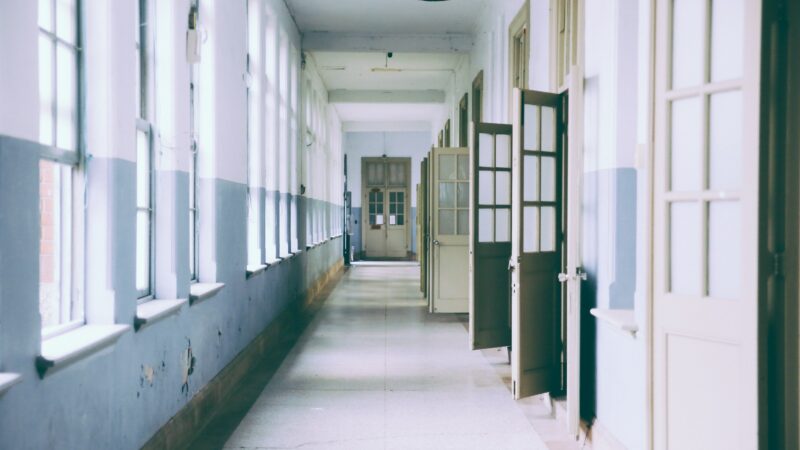
Schools across the country closed their doors to most of their students last week. This is clearly the right course of action, but it has left many – myself included – wondering how such a huge undertaking will work in practice. Although some information has been shared with schools, many questions have been left unanswered. It is vital that the Education Secretary lays out exactly what the government’s recent announcements mean for staff, students and parents as soon as possible.
What, for example, will the impact of school closures have on our children and young people? Schools are on the frontline in identifying and supporting children and young people with mental ill-health. Government cuts to other frontline, public health and prevention services have forced schools to pick up much of the slack. My survey of schools in my constituency last year uncovered that in 90% of the schools that responded, mental ill-health among staff and students had increased significantly. These facts are not unrelated.
Two-thirds of schools around the country fund their own mental health support. What do school closures mean for those children and young people currently being supported by their school? How will those requiring support over the coming months access the help they need? Schools are in a unique position in being able to spot and act on problems that present at an early stage. Through early, active signposting, schools can dramatically increase the chance of successful diagnosis and treatment and decrease the potential of mental ill-health worsening and continuing into adolescence and adulthood.
Other factors threaten to exacerbate inequalities in mental ill-health. The Resolution Foundation found that the impact of coronavirus is most likely to hit low earners more swiftly. Fewer than one-in-ten in the bottom half of earners report that they can work from home, which the Resolution Foundation says will make it “much harder for them to protect their incomes in the face of social distancing measures”.
This is important for any discussion about mental health as, although mental ill-health is not unique to any one type of person, there are clear inequalities present. Research has shown that if a child’s parents are in receipt of low-income benefits, that child is almost twice as likely to have a diagnosable mental health condition.
Meanwhile, being at home will exacerbate the impact on other issues. For instance, there are serious concerns about children living in households where they are experiencing or witnessing domestic abuse. The Children’s Commissioner estimates that more than 800,000 children in England are living in households where domestic abuse has been reported. Schools can often spot problems before other services, but with school doors closed to most students until further notice, how can we continue to protect vulnerable children who are out of sight?
It is vital that neighbours and others in the community continue to look out for and report any signs of abuse or neglect. But we also need to implement a whole system approach, and look to other countries for innovative ways to ensure the safeguarding and wellbeing of our children and young people is maintained.
Any referrals that are made will land on the desk of a social worker whose job it will be to co-ordinate support. How each area coordinates the sector to support statutory services will be key in protecting our most vulnerable, especially when we don’t know how long we will have to continue our lives under lockdown.
There will be an inevitable increased pressure on social workers working with the most vulnerable and who, with limited resources, will struggle to signpost successfully. Our statutory services are working hard to keep pace with demand, but with people in the workforce being forced to self-isolate having caught the virus, and exhaustion looming, we need the sector to come together and work more closely in partnership with the charity sector as well as with child and adolescent mental health services.
The Children’s Society has suggested that child and adolescent mental health services should shift their delivery models to offering support via the telephone and online. While in these unprecedented times there are no easy answers about how best to support the most vulnerable in our society, we must start planning today to put in place measures to protect our children and young people if we want to avert a mental health crisis in the coming weeks and months.



More from LabourList
Andy Burnham manifesto: Greater Manchester mayor reveals three key election pledges in bid for third term
‘Labour should grasp the chance to secure EU visa deal for young workers’
‘How Labour could win a Milton Keynes majority for the first time in decades’